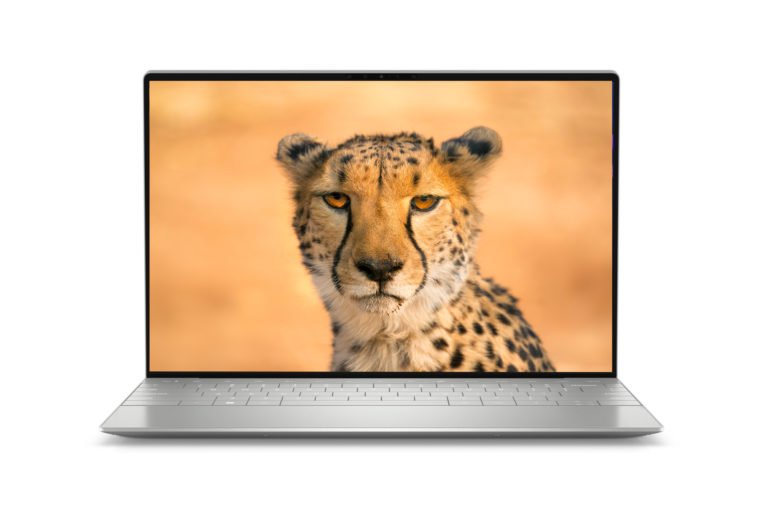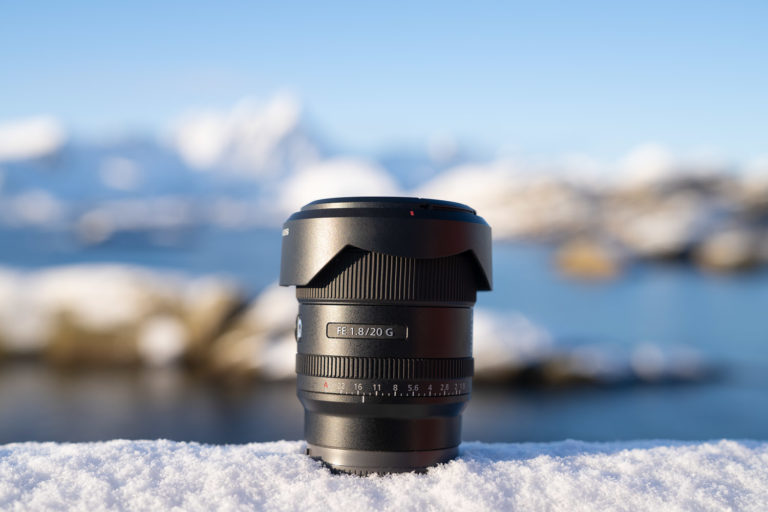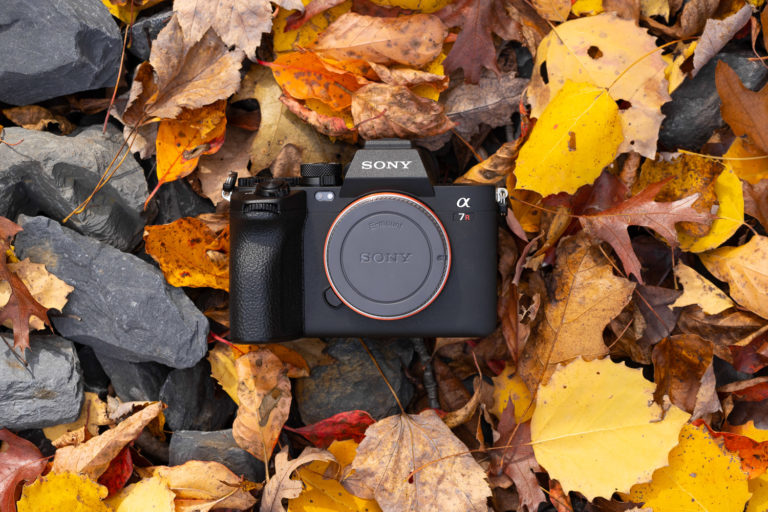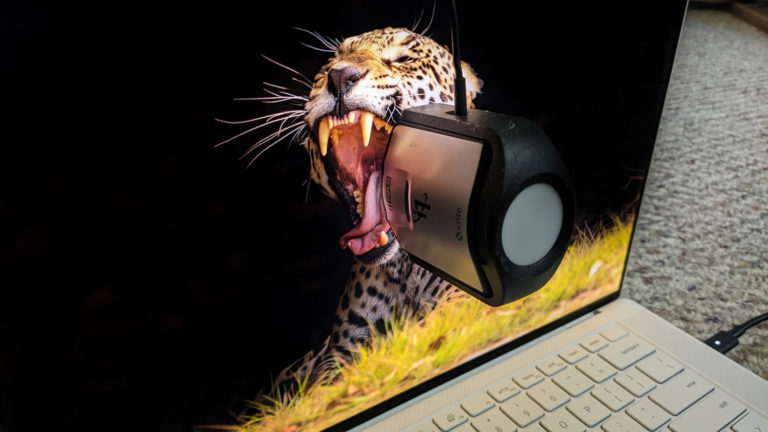Like many of you, I have been an avid user of LCD based laptops over the years. After all, they tend to be popular, affordable, and with the right manufacture, can offer pretty color accurate displays, which is an incredibly important feature for us photographers. But the truth is that LCD displays aren’t perfect and in fact do have a number of tradeoffs that most of us don’t even realize. This became more and more evident to me after a recent adventure to Iceland where I brought the newly released Dell XPS 13 9310 laptop with its gorgeous OLED display panel. It was there that I found myself shooting 4k video over an active volcano with my drone, photographing a wide variety of color waterfalls throughout the country and capturing incredible images of Puffins in flight, returning home to their nests with mouths full of fish. So what is so great about OLED panels vs the more standard LCD displays we find in my most laptops? Let’s jump right in to find out!
How Do LCD Displays Work?
For years LCD panels have been the defacto standard that most of us have been using, but I feel that very few people really know how they work and therefore, don’t really understand some of their limitations. LCD stands for Liquid Crystal Display and while the process for how they can be a touch complicated, we will focus on the core principles for this article. All LCD displays have a light panel behind them (usually a backlit panel or LEDs) that push light (brightness) into the display. As the light moves through the panel, it gets polarized as it travels through a series of layers until it hits the red, green and blue sub pixels in groups or zones of pixels that we end up seeing with our eyes. Every pixel is lit with this light, including pixels that need to be black, which is one of the reasons why LCD panels can never show true black colors…as some light is always hitting those sub-pixels within the display itself.

How is OLED Different?
At it’s core, OLED displays operate in a very different way when compared to the more LCDs. Unlike an LCD panel that requires a separate backlit light sourse or LED , OLED panels emit their own light, which can really make a big difference.

Higher Contrast Ratios
One of the biggest differences between LCD and OLED panels are the higher contrast ratios (brighter highlights and darker shadows). Because OLED panels can individually turn pixels on and off, it can show shadow or black pixels more accurately because no light is hitting those pixels as they would with an LCD panel. The results are impressive as you no longer see washed out or “muddy” shadowed parts of an image or video.
Incredible Picture/Display Quality
Another benefit to having the brightness of individual pixels controlled by the OLED panel is that colors can appear much more vibrant than LCD panels, while not actually being over-saturated or inaccurate. Unlike LCDs that tend to light up pixels in groups or zones throughout a display, OLED panels are more accurate because they focus on individual pixels at a time. The colors on OLED panels (especially those calibrated properly for color) simply pop and stand out, almost as if they help give the image you are viewing more depth in the process.
Using the OLED XPS 13 laptop in Iceland
Over the last 15 years that I have been working as a professional photographer, I have traveled all over the globe, to more than 90 counties. Throughout that time I have visited Iceland more than any other country, 35 times to be exact. There is something special about this place that keeps pulling me back in, even while my interests and own personal bucket lists continues to pull me elsewhere.
Ultimately, I think this comes down to how light is both viewed and captured here, especially during the summer months (June- August) where you get to experience what is called the “Midnight Sun” in Iceland. This is where sunrise and sunset are so close together that some might think they happen in a single experience, elongating the amount of time you can have incredibly beautiful light to photograph. When you mix beautiful light with some very colorful subject matter, it can feel a bit like a photographers paradise. This is one of the reasons I was super excited to try out the OLED based laptop while here in Iceland.
Soon after landing, I found myself flying my DJI Mavic Pro 2 drone over the active Geldingadalir Volcano multiple times near sunset to get some dramatic 4k video and the resulting footage looks incredible when viewed on the OLED display of the XPS 13. Having the ability to display a much higher contrast ratio with true blacks really does make a huge difference. I am happy to say that I will not be missing the washed out shadows I often see with some LCD displays when it comes to video.
Most of the rest of my time in Iceland I found myself focusing on the still photography side of things, directing my attention to the wide variety of glaciers, iceberg lagoons, color waterfalls and the one of my favorite birds to photograph, the Artic Puffin. I spent my nights looking for the best locations to photograph puffins in flight as they returned to their nests with beak full of fish as the fading light of the day was still visible. It was here that I really began to appreciate just how stunning the colors can look on an OLED display. The colors pop and stand out without feeling oversaturated. The color seems to lift off the display at times, which I am sure some of this is helped by the same impressive contrast ratio and ability to display true blacks that we spoke about above. The XPS 13 9310 laptop covers 158% of the sRGB color space as well as 100% of DCI-P3, so if you find yourself working mostly in the digital space, this is a potentially great setup for you. However it is worth noting that like most OLED panels, it’s coverage of the Adobe1998 color space covers just 87%, which can be important factor for photographers that focus on printing. 87% is still impressive, but it is of course not 100% coverage like other LCD based displays.
Lastly, it is important to talk about the overall brightness of the OLED display, as I did find myself using it outdoors often to check my work and keep things backed up while out in the field. By default, OLED displays generally don’t offer the same overall brightness as LCD dispays and this OLED panel is no different. The max brightness on the XPS 13 9310 laptop was around 384 nits while other XPS 13 laptops usually hover above the 500 nit range. What this means is that in direct sunlight, you might have some glare issues as the brightness of the display can’t overpower the light reflecting off it. That said, in Iceland, I didn’t really find this to be an issue for a few key reasons. First, when I was using the laptop outdoors, I found myself shooting mostly when the light was lower on the horizon, allowing it to be much softer and easier overcome with this OLED display. And second, as soon as I found myself in my camper van, tent or in a restaurant, brightness was no longer an issue. At the end of the day, how many times do we find ourselves using our laptops outside in direct sunlight? Not very often if you ask me 😊
Final Thoughts
When it comes to technology like OLED panels, it is really hard to truly understand the differences until you have seen it with your own eyes. For years I knew about OLED based displays (mostly via new TVs and recently some new phones like the Sony Xperia 1 III, but I never really bought into the hype because being told they offer a vastly superior viewing experience is much different than actually seeing the differences for yourself. However after taking the XPS 13 9310 laptop laptop to Iceland, I have been pretty blown away. Seeing true blacks with a much richer contrast ratio really changes things for me. Images and video feel that they have much more depth.
When it comes to color, I would of loved it if the XPS 13 9310 laptop covered the entirety of the Adobe 1998 color space (which is mostly used with printing), but with both sRGB & DCI-p3 covering well over 100% respectively, the colors pop and stand out without being or feeling over saturated. With a superior viewing experience that is more color accurate and life like, I have begun to look at OLED panels much differently than I have in the past…and I imagine that as soon as you try one in a laptop yourself…you will too!
Full Disclosure
Like with many laptops and products, Dell shipped me with the XPS 13 9310 so that I could ultimately review it as well as write articles like this one about some of the technology I found interesting. These are my words and my words alone.











